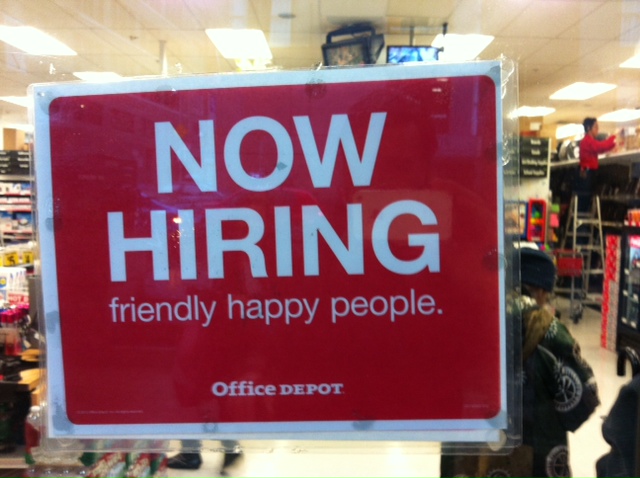Yesterday we posted on how a lack of education is contributing to the decline of America’s middle class. An article on Bloomberg’s Gadfly website illustrates the direct effects of this change in comparing the fortunes of two different shopping malls.
It’s not news that America’s malls are dying in the face of changing demographics, consumer tastes and economics but some centres continue to thrive.
Bloomberg’s Shelly Banjo and Rani Molla put the success of some malls down to the affluence of their customers. A centre that boasts Tesla, Apple and Louis Vuitton stores such as Atlanta’s Lenox Square thrives and charges high rents to its tenants.
Just the presence of an Apple Store boosts a centre’s rents by 13% claim the authors.
Eight miles away from Lenox Square is Northlake Mall which only attracts a quarter of the rents on a per square foot (psf) basis and doesn’t boast the high quality names but rather a range of fading chains and department stores.
Northlake’s woes lie in demographics with its shoppers scoring poorly compared to Lenox Square’s on all measures.

The key points are per capita income and the education level with only just over half of Northlake’s customers having a college degree or better with the result earning only 2/3rds of that of Lenox Square’s shoppers.
Northlake’s lagging educational and income levels isn’t unusual as this is exactly the problem facing most of the lower middle classes as their earnings fall as their skills are left behind by an increasingly technological society.
The decline of Northlake, and most of America’s malls, illustrates the effects of an undereducated workforce on the local economy. Making sure the population has the skills to compete in the 21st Century is more than just a problem for the individuals affected.




